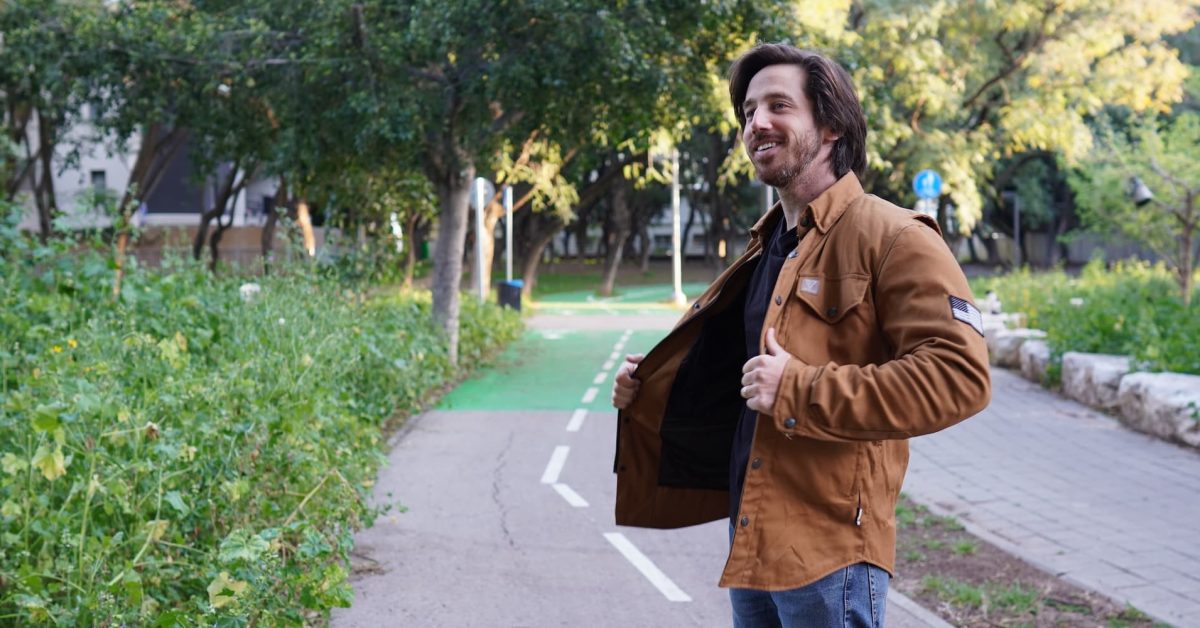I just started e-skateboarding and wear knee/elbow pads and wrist guards, but will probably look into getting something like this toward the end of summer.
This was a worthwhile read, highlighting the motorbike safety posture (“all the gear all the time”) contrasted with the general lack-thereof for ebikes. At the same time, the article doesn’t come across as judgemental, and looks into the reasons why most motorbike gear doesn’t really make sense for ebikes, save for the product lineup mentioned in the article, which intentionally is low-key while ostensibly providing a degree of protection.
I would say the author is on-point, although once again an editor has sensationalized the title. I do not think every ebike rider – from eMTB trail running, to elderly e-trike, to adolescent Class 1 in-town runabout – needs to be wearing protective armor. As a matter of public policy, getting more people outdoors should be a priority, and we shouldn’t be scaring them off with the statistically low (but not zero) risk of injury. At the same time, some of these Class 3 ebikes do genuinely warrant protective armor. The level of armor needs to align with realistic risks.
To that end, my opinion is that Class 1 and 2 ebike riding does not need any more armor than what you would wear while riding an acoustic bike in the same situation. Going around town: probably don a helmet and just go. Downhill bomber run? Consider a full-face helmet, plus whatever else MTB folks wear.
For class 3 ebikes at full 45 kph (28 mph) speed, the covert armored clothing starts to look very appealing, and I will be looking into it later. I think using the class system as a rough gauge for how much armor to wear is Good Enough™, for balancing the public policy considerations in the United States. The public needs simple and easy rules of thumb, especially for Americans who would otherwise be apprehensive of these newfangled micro mobility devices. Other places with different infrastructure and safety cultures (eg Netherlands and helmets) will need to adjust accordingly.
And of course, right when I finish writing that, here comes FortNine with a video critiquing the norms surrounding motorbike safety gear. It doesn’t substantially affect my opinion above, but it’s a worthwhile watch to put motorbike safety culture into perspective.
Definitely would upgrade to something like this if I upgraded to a class 3 ebike. I feel like just learning how to fall better would do a lot more for me on acoustic and class 2 ebikes, but having more protection would make practice easier and make my less scared of the ground (which is what leads to me instinctually doing stupid things like stiff arming a landing).
Still, public policy shouldn’t mandate things. Curious how hot the mesh shirts are though. Summers can be wet and very hot here. Been using a long-sleeve UV summer jersey, but that offers very minimal protection against sliding on asphalt or concrete (not that I have much experience with that since I was a child, despite a couple bone-breaking falls and a concussion). I’m a danger to myself, so probably would be worth upgrading to a little bit more protection, even if most people would be fine with less. I can’t move around my own house without injuring myself.
I can’t speak to their mesh, but my brother has a mesh jacket for his motorcycle and he said it’s very breathable. I would guess their mesh is similar to other brands but it’d probably be a good idea to check out independent reviews of this stuff before you buy anything. They are definitely not the only game in town when it comes to protective gear.



